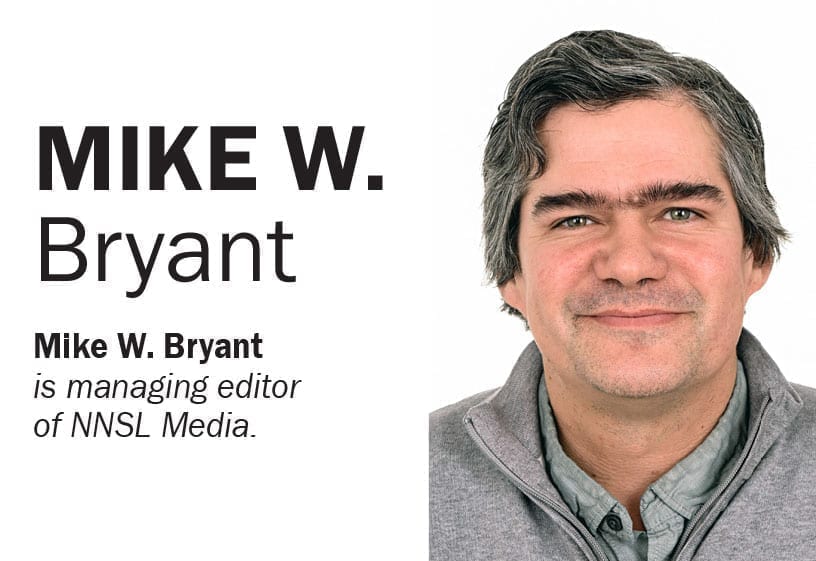I haven't written a lot of nice things about consensus government over the years.
 It seems beneath Northerners to hang on to this 19th century holdover. Cobbled together by carpetbaggers from Ontario and moustached-British expats in smoking jackets, consensus government produced a gazillion acclamations – as it does today – and zero interest among the bushwhackers and prairie homesteaders it governed (Indigenous affairs were strictly a federal concern).
It seems beneath Northerners to hang on to this 19th century holdover. Cobbled together by carpetbaggers from Ontario and moustached-British expats in smoking jackets, consensus government produced a gazillion acclamations – as it does today – and zero interest among the bushwhackers and prairie homesteaders it governed (Indigenous affairs were strictly a federal concern).
The territory at the time, which included all of Alberta, Saskatchewan and most of Manitoba, had only recently been surrendered by the Hudson's Bay Company. I must confess it’s only a presumption but if these people didn’t have party politics it’s because the train couldn’t get them to the convention in time.
When former premier Floyd Roland stood up in the legislative assembly a decade ago and proclaimed, “I'm consensus to the core!” it was surely not this consensus government he had in mind.
Alas, political reformation has never been a big part of this project. That would let new stuff in, and if you want to serve three, four terms in the legislative assembly reform might be bad for business.
But, as some readers of last week's column took pains to point out, consensus government doesn’t hold a monopoly on lousy government. This country elected a Liberal government in 2015, buoyed in no small part by Justin Trudeau’s promise “to do things differently,” and well, we all know how that one worked out.
Increasingly I gotta admit though, the best thing about consensus government is that there are no political parties. Well let me rephrase that; no focus group-testing hive-mind telling our MLAs what to say and how to vote. We elect MLAs to represent us, not to clap like seals at a circus ringmaster holding a bucket of fish.
Our MLAs, or at least the regular MLAs, can say what they want, vote how they want, and when they mess up, even really, really mess up, it's voters who decide whether they should get another shot, not their “boss.”
So Northerners at least have a reasonable expectation that when they elect an MLA, they can still influence them after the votes are counted.
And we have ways of ensuring this.
Northerners are fond of pointing out how often you’ll see MLAs – even cabinet ministers – while at the grocery store. After all, they’re not U.S. senators. They have to go shopping sometimes. And then we’re there to ask questions. I like to corner politicians at the light bulb rack at Canadian Tire, mainly because I seem to be there a lot.
Can’t say shopping with MLAs is a feature of consensus government but there’s no denying how the absence of party politics yanks away the comforting cloak of party affiliation. There is no party brand to save them at election time. Candidates in consensus government must connect with at least some of the voters individually if they want to get elected.
But of course, consensus government's greatest strength is also its greatest weakness. Its lack of cohesion during elections means there is no platform for voters to choose from. This means the “government” gets decided after the election, put in the hands of a cabinet not directly accountable to voters while heading a deeply entrenched bureaucracy even less likely to be swayed by elections.
And this, unfortunately, makes us, voters, less relevant. If we did matter, the mandate would be served during the election, not after MLAs choose a premier and cabinet behind closed doors.
There must be someway to get the best of both worlds. To have MLAs who will do what voters want, and for whom a vote means more than a slightly positive inkling, because the candidate was nice to your kids once when you crossed paths with them at the Multiplex.
Maybe the new crop of MLAs will give this some thought heading into the next legislative assembly. But there's some mighty headwinds there, and change is awfully hard once you've been elected.